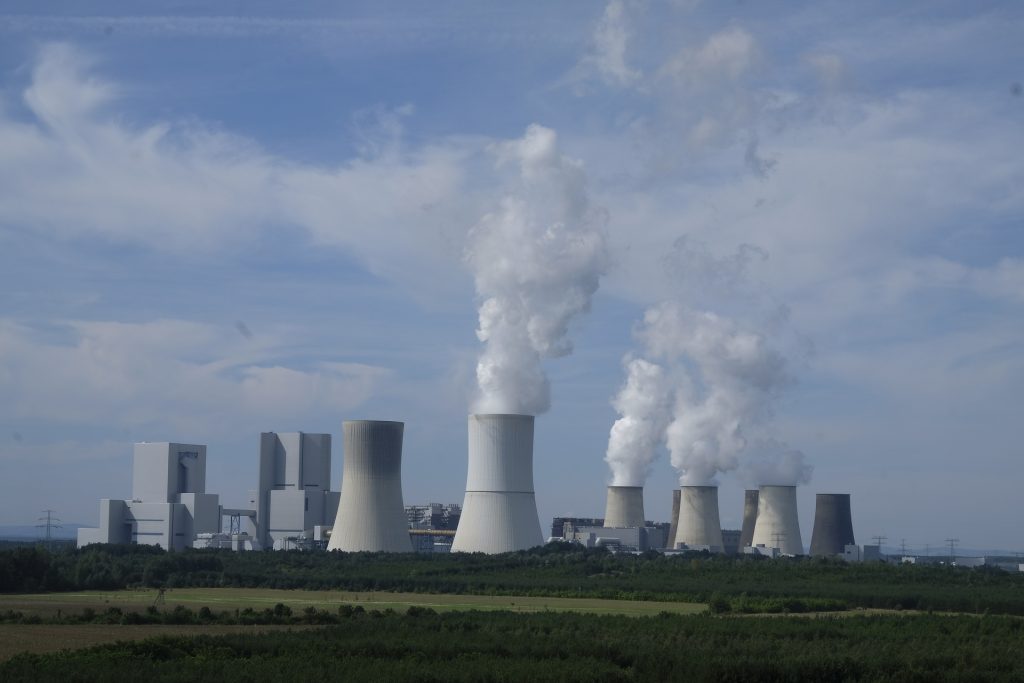Gas shortages and increases in gas prices are creating substantial gaps in the balance of payments of Pakistan amidst its economic crisis.
Gas supply shortages are crippling the economy of some South Asian nations, especially Pakistan. Due to the Russia-Ukraine conflict, gas prices have skyrocketed, burning a hole in the pockets of numerous nations. These prices are creating substantial gaps in the balance of payments of Pakistan amidst its economic crisis, drastically decreasing in value of the Pakistani rupee, all-time low foreign reserves, and many more.
Pakistan currently requires imported natural gas to fulfill its requirements of more than a third of its annual power demand. This has become an urgent problem that the government needs to resolve as the banks have also stopped issuing letters of credit to oil companies like the government-owned Pakistan State Oil (PSO) and Pakistan LNG Ltd.
The head of Pakistan’s retail industry body is constantly meeting with government officials to agree for them to lift orders that have pressured the malls to close down after 8:30 pm to reduce energy consumption. However, this restriction is going to badly affect sales during the peak shopping season in the upcoming weeks of Ramadan, which is due in just a month.
According to estimates, in the 30 days of the holy month, Ramadan, the retail industry clocks an astonishing 40 percent of their annual sales. In this period, the peak shopping time in malls is said to be from 8 pm to 10 pm.
The problems of the retail sector show how deep the power crisis situation is due to massive shortages in imports of gas. Imports of other essential items have also been hampered due to the depreciating currency and higher-than-ever inflation.
Bangladesh, erstwhile East Pakistan, another South Asian nation, is also tackling similar issues. Both nations are heavily dependent on gas imports for their power production. This is causing pain to the nation’s exchequer due to the massive surge in prices of liquified natural gas after the increase in demands by the Europeans to substitute their Russian supply in the ongoing Ukraine conflict.
LNG prices have cooled off after touching their peak last year. But it is still slightly out of reach for both nations due to sharply depleting currency value, making it difficult for them to pump up their gas imports.
Pakistan battles
According to the shipping tracking data from Kpler, a data analytics firm, the LNG imports for the year 2022 have fallen over 17 percent from yesteryear to mark a five-year low in Pakistan.
Data reports from Ember, an energy think tank show that Pakistan’s power production from gas decreased by 4.4 percent in the first 11 months of 2022, whereas the total power production increased by 1.8 percent to 129 gigawatt hours.
The condition is so worse that the total power output failed to meet its generation capacity and demands because of the lesser gas availability. The public had to face power blackouts for hours every week in the second half of 2022.
Pakistan’s Energy Minister Khurram Dastgir Khan said that the previous generation of oil to power producing plants has become counterproductive and demands higher costs to operate than the gas to power plants.
Based on data from the annual reports of the Energy Ministry showed that if there was abundant availability of LNG, then the power production costs wouldn’t have gone up by 1.25 percent in 2022.
Bangladesh troubles
According to Kpler, Bangladesh’s gas imports tanked by 14 percent in 2022, leading to lower power production and a rise in demand. Bangladesh also imports gas to fulfill two-thirds of the needs of power generation.
An analysis of data from the country’s grid operator showed that the country had to face power cuts for 85 of 92 days till October 30. Such power cuts have caused difficulty in business operations. Especially the major garments sector, causing issues in exports to clients like Zara, H&M, Gap Inc, etc.
With the demand revival from China, gas prices are expected to rise higher this year. It seems like Pakistan and Bangladesh will have a tough time ahead.
These South Asian nations are planning to purchase more spot gas containers and make long-term deals with Papua New Guinea and Brunei which seems highly negative considering their current economic stance.
